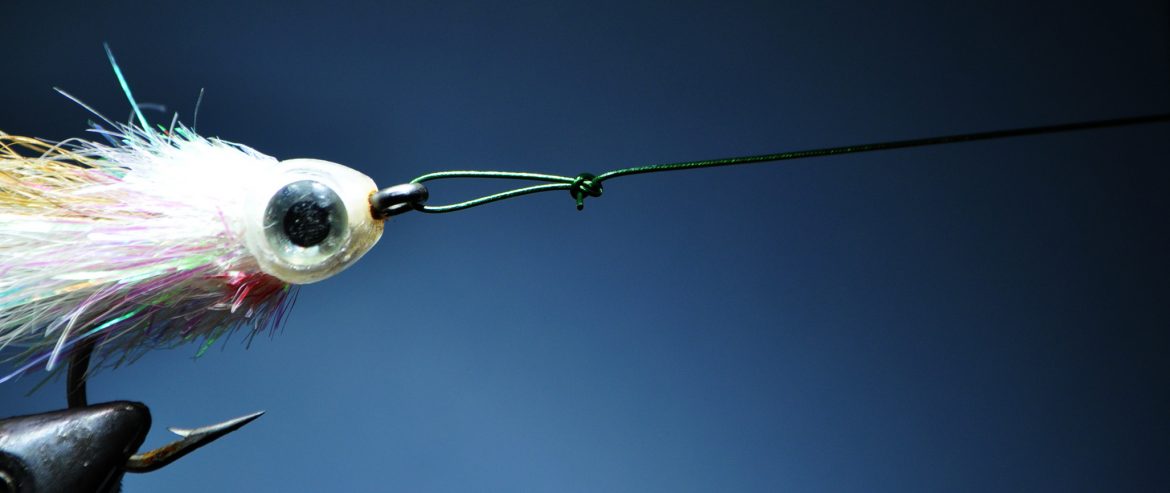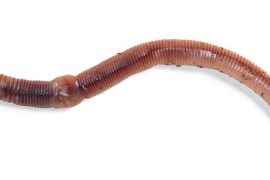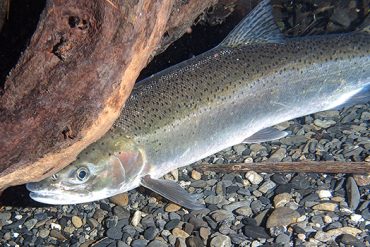By Mike Conner
Keep your flies when toothy fish arrive.

You can get away with heavy monofilament or fluorocarbon for smaller toothy fish, such as Spanish macks and little blues (not ‘cudas!) but if the macks are “max” or you’re on some kingfish, wire is a must. When a sizeable toothy fish clenches its teeth, your fly is gone. Now I make it habit to carry both singlestrand and braided wire leader, and there are new products that make it easier to rig up for flies.
In clear water, all but the smallest-diameter wire can deter strikes. And even the thinnest of wires, though they are less visible to fish, can fail when a big fish’s teeth saw back and forth on the wire during a prolonged battle.
The biggest Spanish run much farther and fight harder and longer than smaller models, and often cut through even 80-pound mono when they twist and turn at the boat, when there is less “stretch” in the system. Cero mackerel also call for light wire—they have formidable teeth and tend to run pretty big on some southern reefs.
Live bait anglers can fish wire without a second thought. A piece of wire rarely deters a hungry gamefish eyeballing a frisky live baitfish. With a fly, the key is to use the finest, shortest wire bite tippet practicable. I never use more than 3 to 5 inches of the stuff—that short trace provides ample protection, and anything longer makes fly turnover tougher, particularly when punching flies into a breeze. And the more wire there is, the more that wary fish can see, particularly in clear water. Or, where fishing pressure is…





